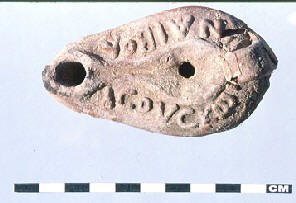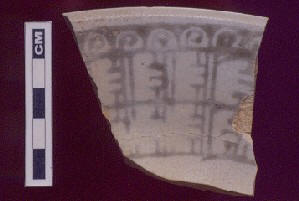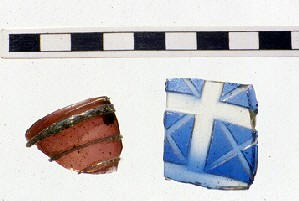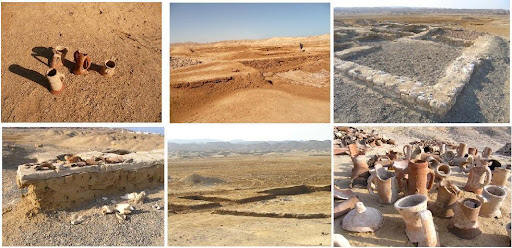|
|
|
|
|
|
Bernice
In 275 BC, Ptolemy II (Philadelphos), king of
Egypt, founded a shipping port on the
Red Sea coast and named it after his mother,
Berenike I. The most important reason for
creating this new
harbour was the need of the Ptolemies for elephants. These
were used in the wars against the Seleucids in the Near
East, who blocked the import of Indian elephants. The
Ptolemies decided to catch African elephants in what now is
eastern Sudan, Eritrea and
Ethiopia
and ship them over the Red Sea on special ships (elephantagoi)
in order to land them in southern
Egypt
and walk them to the Nile
valley.
The geographic position of Berenike was eminently suitable
since it was a natural harbor, protected against the
prevailing northern winds by a large peninsula. Furthermore,
the dangerous shipping route over the Red Sea, with its
treacherous coral reefs and its pirates operating from the
Arabian peninsula made it desirable to have a
safe landing place as far to the south as possible. From
Berenike there were overland routes
through the Eastern desert
to the Nile valley, protected by
way-stations (hydreumata).
These provided the caravans with water and shelter.In the
Roman period, Berenike developed into a trade emporium:
spices, myrrh, frankincense, pearls and textiles were
shipped via Berenike to Alexandria and
Rome. The
nature of this trade was more or less known from textual
evidence, especially from the so-called
Periplus of the Erythraean Sea which
lists the harbors along the Red Sea, East African,
|
   |
|
South Arabian and Indian
coasts as well as the commodities which were in demand in
these emporia. The ruins of Berenike are located on the
shore of the Red Sea, close to the border between
Egypt
and Sudan,
in a deserted area just south of the village of Arab Saleh (Baranees). This village, at
approximately
15 km
(10 m)
is inhabited by the Ababda, a nomadic people that live
traditionally from herding sheep, goats and camels. The only
feature indicating the remains of an ancient town is a hilly
patch, covered with fragments of coral and pot sherds. In
all periods of occupation the inhabitants of Berenike had
access to luxury items, such as finely decorated glass and
imported ceramic fine wares. Their houses, although built of
local materials of poor quality, such as fossil coral heads,
gypsum blocks and sand bricks, were furnished with rich
tapestries. Some of the buildings were decorated with marble
flooring or wall revetments, imported from
Asia Minor. Most food was imported from the
Nile valley, over a distance of at least
375 km
(235 m).
Water was supplied by a number of wells at the foot of the
mountains of the Eastern Desert, approximately 8 km (5 m) of the town
|
 |
|
|